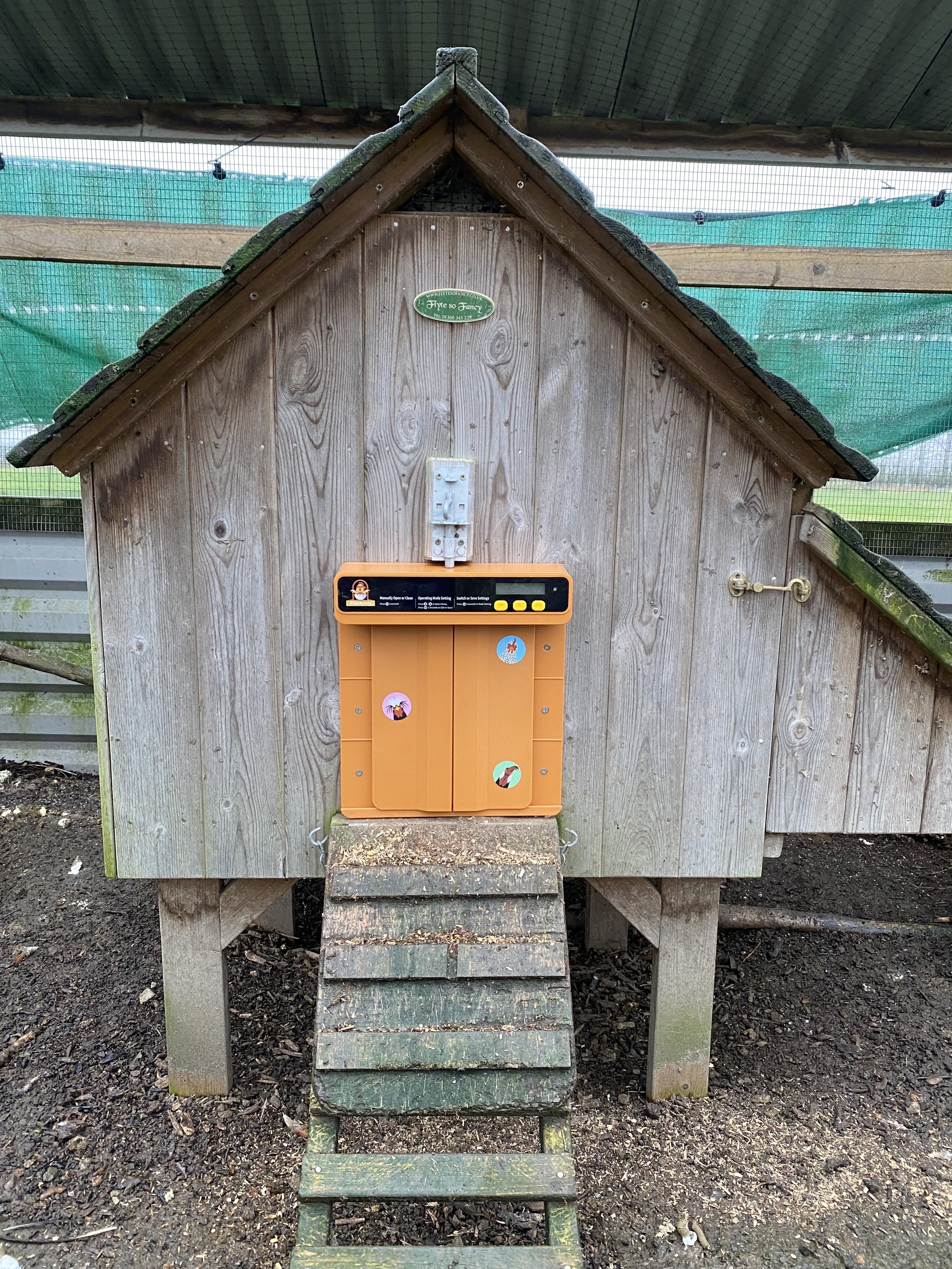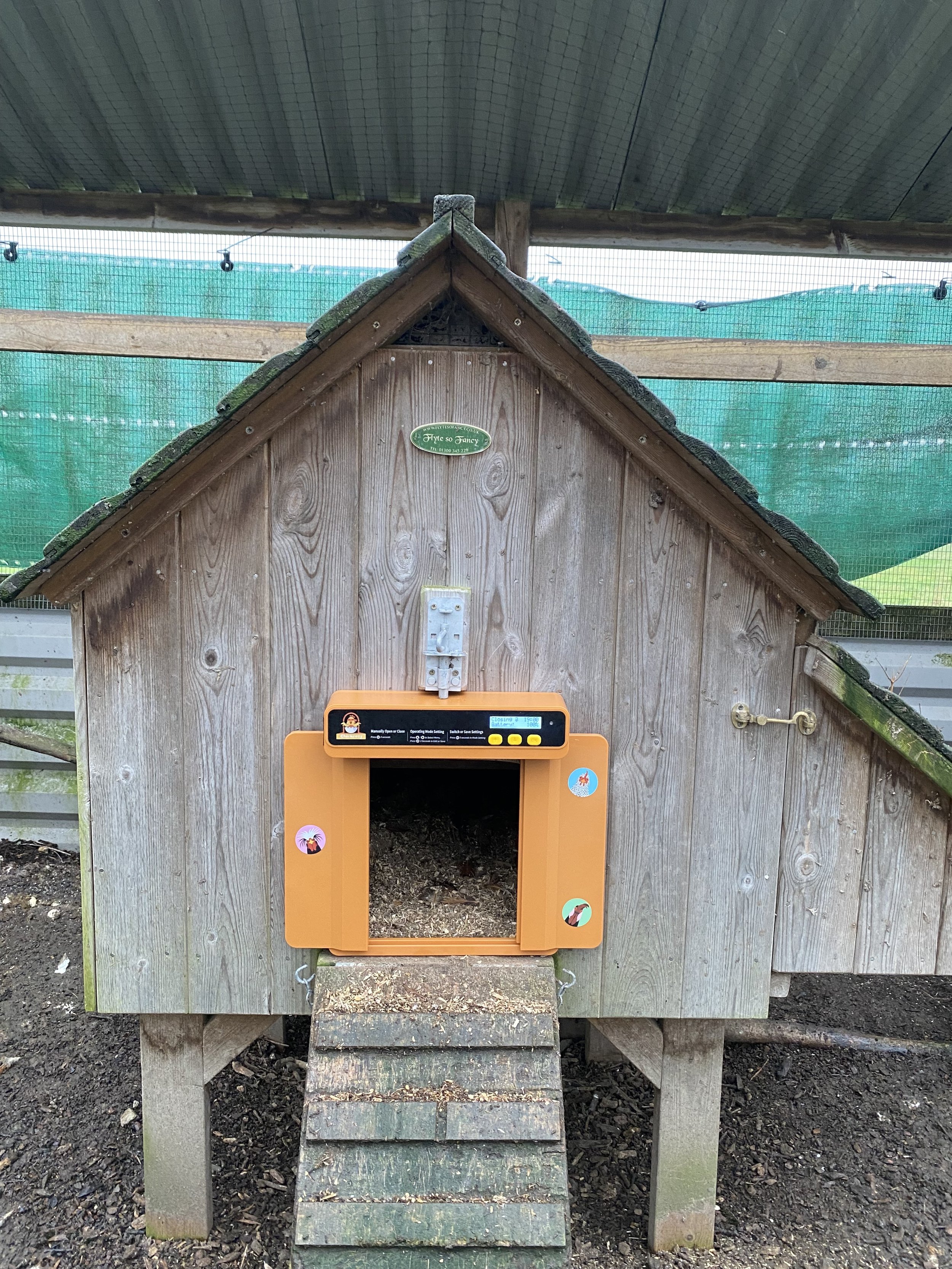The recent UK budget has generated significant concern among farmers, especially around changes to inheritance tax that could disrupt generational succession and strain the agricultural sector. In the 2024 budget, Chancellor Rachel Reeves announced adjustments to inheritance tax, including the partial reduction of Agricultural Property Relief (APR). This relief currently allows farms to pass from one generation to the next without a large tax bill, essential for keeping family farms intact. The changes, however, will now limit tax-free transfers to only the first £1 million in assets, with assets exceeding this threshold facing a 20% tax rate instead of the prior 0% with full APR.
Farm leaders have argued that these tax changes could push smaller family-owned farms to sell off land or assets to meet tax obligations, fragmenting rural communities and endangering local food security. The National Farmers' Union (NFU) has labeled this adjustment a "family farm tax," emphasising that it may have severe implications for family-owned farms, which are typically cash-poor but asset-rich, due to the high value of farmland. Many of these farms have been in families for generations, and the new tax burden could make it financially untenable for heirs to continue farming
In addition to impacting individual families, the NFU warns that these changes could damage the broader farming sector by discouraging long-term land stewardship and reducing incentives for landowners to let out land to agricultural tenants. Critics also argue that the revenue generated from these changes is relatively minor compared to the potential harm to the rural economy and community cohesion.





















